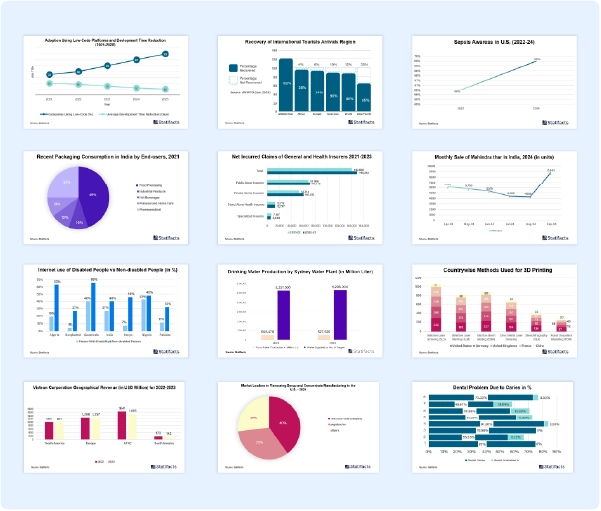The U.S. biopsy devices market size is calculated at USD 582 million in 2024 and is predicted to attain around USD 1175.20 million by 2034, expanding at a CAGR of 7.28% from 2025 to 2034.
U.S. Biopsy Devices Market Report Highlights
- By Application, the needle-based biopsy guns product segment dominated the U.S. biopsy devices market and accounted for the largest market share in 2024.
- By Application, the biopsy needle segment is expected to grow significantly during the forecast period.
- By End use, the hospitals segment generated over 46% of revenue share in 2024.
- By End use, the clinics segment is expected to grow fastest during the forecast period.
The U.S. biopsy devices market refers to the production, distribution, and application of biopsy devices which are the cutting needle devices generally pass into the liver parenchyma using a troughed needle before an outer sheath or hood slides over this to secure a core of tissue. Generally, the choice of the biopsy instrument is based on the operator preference, clinical scenario and instrument availability. Image guided biopsy allows your healthcare provider to access suspicious areas that can’t be felt through the skin, like on the liver, prostate, or lung. By using real time images, your healthcare provider can make sure the needle reaches the correct spot. Biopsies are often used to diagnose cancer, but they can help to identify other conditions like inflammatory and infections and inflammatory and autoimmune disorders. They may also to be done to match organ tissue before a transplant and to look for signs of organ rejection following a transplant.
The initiatives undertaken by the government for diagnosis which driving the growth of the U.S. biopsy devices market. The government is responsible for preventing and treating sickness as well as providing adequate health facilities like blood banks, ambulance services, testing labs, hospitals, health centers, and so on for all people. Prevention of disease is key with infectious disease information, education, and communication and surveillance regarded as major measures. To combine technical medical measures with social and administrative measures in preventing and controlling infectious diseases. The government has taken many steps to enhance the health of its population. These include enhancing access to primary healthcare services, promoting health education, providing nutritional supplements to vulnerable groups, and enhancing access to safe sanitation and drinking water.
An increase in the number of cancer cases worldwide can leading to the growth of the U.S. biopsy devices market. A larger needle with cutting tip is used during core needle biopsy to draw a tissue out of a suspicious area. The biopsy results help healthcare provider to determine whether the cells are cancerous. If the cells are cancerous, the results can tell your care provider where the cancer originated-the type of cancer. A biopsy is performed to examine tissue for disease. Biopsies are generally used to diagnose cancer, but they can help identify other conditions. Shave biopsies remove the upper layers of skin. They are mostly used for squamous cell skin cancers or suspected basal cell. These factors help the growth of the market.
Artificial intelligence (AI) tools can help assess what course of treatment may be cost effective, based on the characteristics of the cancer and data from the patient’s medical history. If diagnosis is negative for cancer, AI tools can help avoid unnecessary follow up biopsies. NCI scientists are using AI to enhance cervical and prostate cancer screening. NCI supported research has shown that AI imaging algorithms enhance breast cancer detection on mammography and can also help
predict long term risk of invasive breast cancers. The virtual biopsy is assured to replace the physical biopsy as a central step in the diagnosis and management of specific diseases. AI shows real potential for helping radiologists detect cancerous tissue more accurately and quickly and predict individual breast cancer risk. AI can reduce the proportion of biopsy cores evaluated by pathologist by 80 percent. AI helping to enhance the reliability, accuracy, and speed of some cancer screening and detection methods. These AI’s beneficial factors help the growth of the U.S. biopsy devices market.
Rising preferences for minimally invasive procedures driving the growth of the U.S. biopsy devices market. Minimally invasive surgery (MIS) is an approach to surgery that minimizes cutting through your skin and tissues. Surgeons use MIS technology and techniques to causes as little trauma as possible at the time of procedure. Smaller cuts can reduce your potential for complications, pains, and recovery time. Minimally invasive treatment can offer an earlier recovery with less pain and scarring compared with traditional open surgeries. The aim of minimally invasive surgeries includes repair damaged tendon, stimulate healing, shorter hospital stays, and debride degenerative tendon. The success rate of minimally invasive surgery is about 75 to 80 percent.

